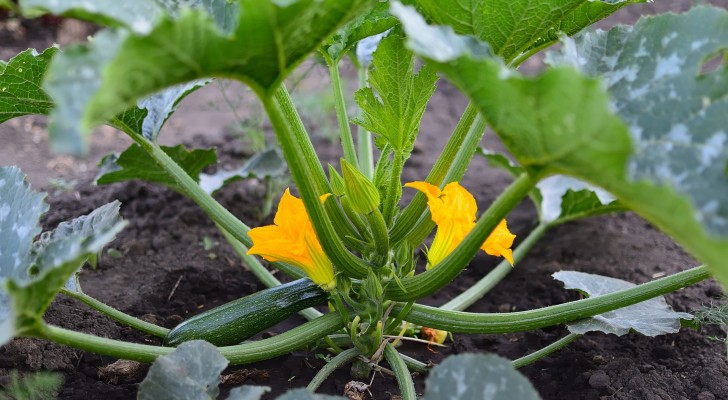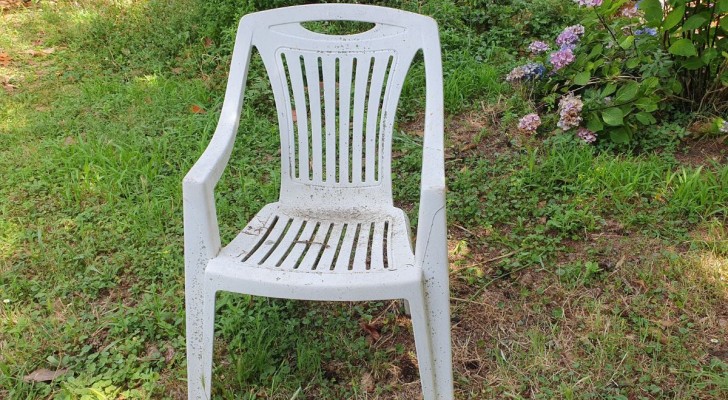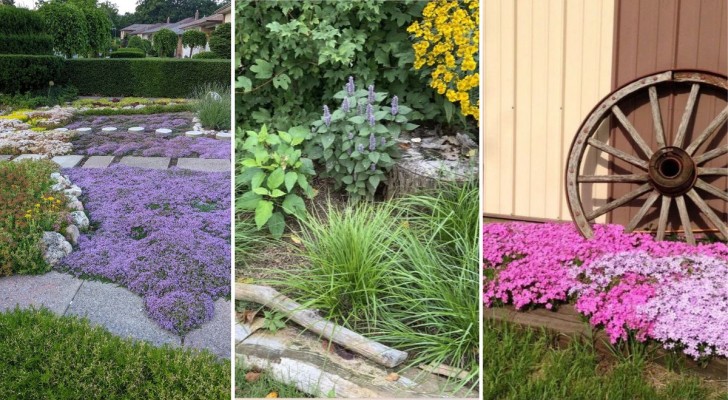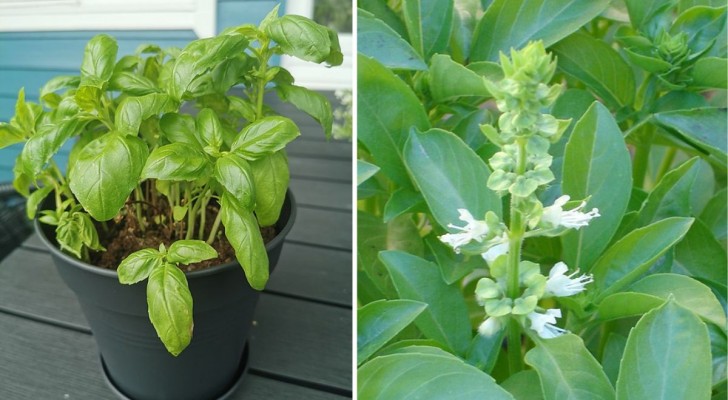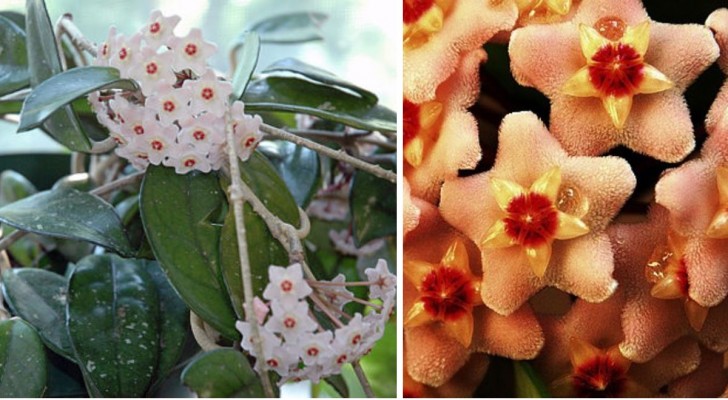Reinvigorate your plants with the help of this natural ingredient
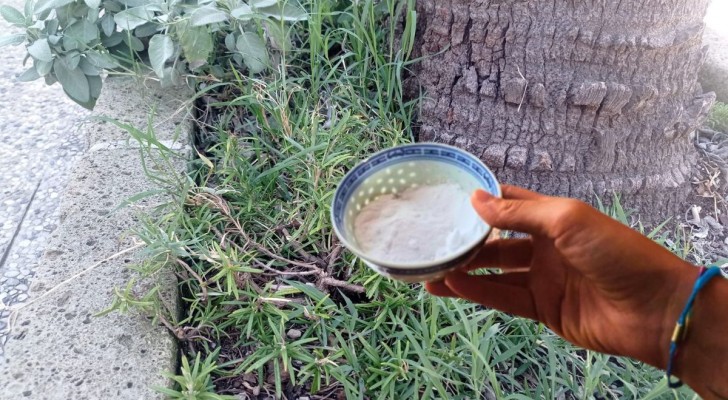
A brilliant, lush garden is the dream of gardeners everywhere. And, for example, this means ensuring our plants have adequate water, light and nutrients in the spots where they are being cultivated.
Another practical expedient we can use to make our plants grow properly is to place species that can benefit from each other side by side (and, conversely, avoiding grouping plants together that could hinder each other's growth). Sage and rosemary, for example, can benefit from mutual proximity, while pumpkins, for example, should never be grown next to potatoes.
How can we protect our plants from pathogens? Well, surprisingly perhaps, baking soda can help out here.
Baking soda to reinvigorate your plants
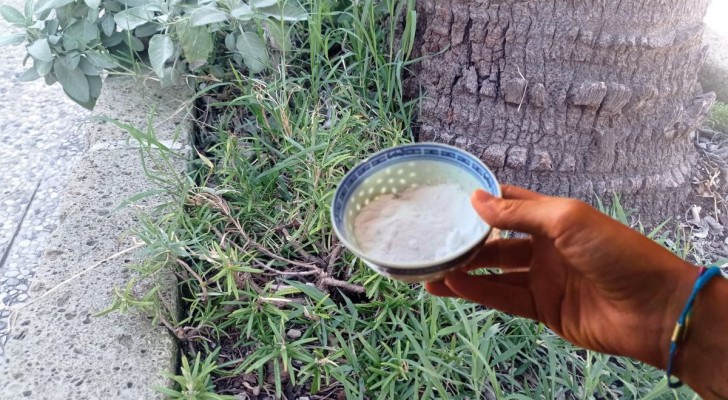
Creativo
Amongst the many uses of baking soda in our lives, it can also be used on our plants. Baking soda is very useful in combating common problems in plants, such as fungal and cryptogamic pathologies. And it also repels parasites such as caterpillars and ants.
Baking soda raises the pH levels of the soil and in our plants, making them "unattractive" to fungi, bacteria and other parasites. The recommended dosage is 5-15 grams of baking soda in a 1 liter of water, to be mixed and dispensed during the coolest hours of the day.
Uses of baking soda to keep plants healthy
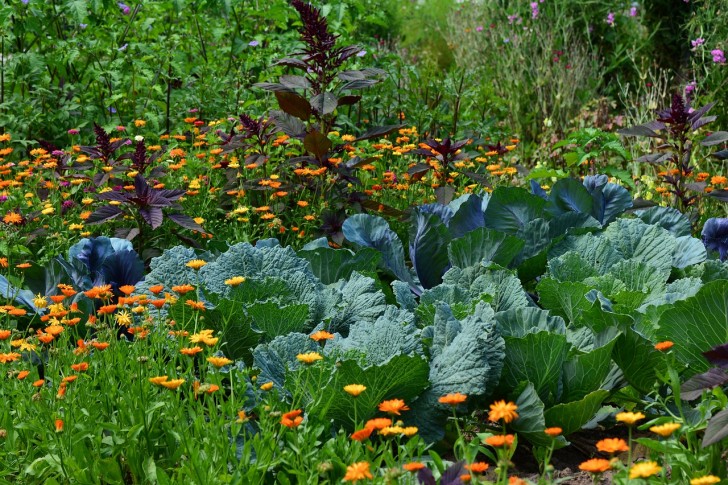
There are several specific cases in which baking soda can be useful for our plants:
- Botrytis or gray mold: a rather widespread pathology in vegetable gardens, this mold can be effectively treated with baking soda;
- Powdery mildew or the white disease: this very common fungal disease can be prevented or treated by spraying a baking soda/water solution directly on the leaves and stems;
- Acidic pH: when the soil gets too acidic, plants can struggle. Using baking soda will help to restore the proper pH levels to the soil.
Did you know baking soda could be used in these ways in your garden?
